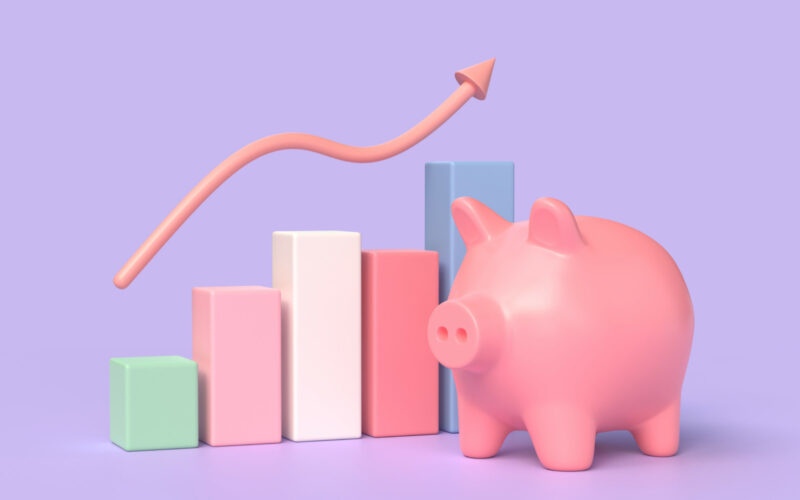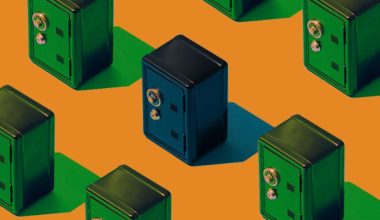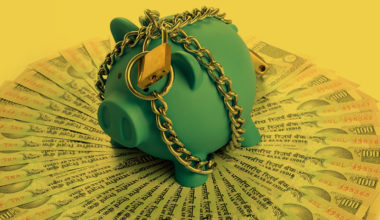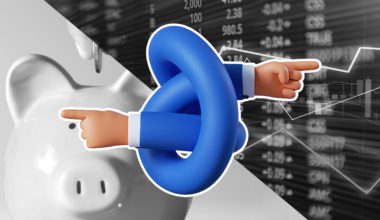FDs are a go-to financial instrument offered by banks and financial institutions, allowing individuals to deposit a specific amount for a predetermined period at a fixed interest rate. With two main types to choose from – cumulative and non-cumulative – FDs offer unique advantages for investors. Let’s explore how these options can help you make the most of your money.
Table of Contents Show
What is Cumulative Fixed Deposit?
A cumulative fixed deposit is a type of fixed deposit where the interest earned is reinvested or added to the principal amount at regular intervals. This means that the interest is not paid out to the investor during the tenure of the deposit but instead gets compounded over time. As a result, the investor receives the total interest along with the principal amount at the time of maturity. This type of fixed deposit is ideal for individuals who want to maximize their returns and are looking for long-term investment growth.
Features of Cumulative Fixed Deposit
- Compound interest: The interest earned on a cumulative fixed deposit is compounded at regular intervals, typically annually or quarterly. This means that the interest gets added to the principal amount, leading to higher overall returns.
- Higher overall returns: Since the interest is reinvested, cumulative fixed deposits tend to offer higher returns compared to non-cumulative fixed deposits, especially over longer tenures.
- Maturity payout: The total amount, including the principal and accumulated interest, is paid out to the investor at the time of maturity. This can be beneficial for individuals who want to receive a lump sum amount at a specific point in time.
- Suitable for long-term investments: Cumulative fixed deposits are well-suited for long-term investment goals, as the compounding effect allows the investment to grow steadily over time.
- Tax implications: The interest earned on cumulative fixed deposits is taxable as per the applicable income tax laws. Investors should consider the tax implications while calculating their overall returns.
Limitations of Cumulative Fixed Deposit
- Limited liquidity: Cumulative fixed deposits do not provide periodic interest payouts, which can be a limitation for individuals needing regular access to funds or a steady income stream.
- Lock-in period: Cumulative fixed deposits typically have a fixed term or lock-in period during which the funds cannot be withdrawn without penalties or loss of interest. This lack of flexibility can be a limitation for those who may require immediate access to their funds.
- Lack of income during the tenure: Since the interest earned is reinvested and not paid out periodically, individuals relying on fixed income may find it challenging to meet their regular expenses during the tenure of the cumulative fixed deposit.
| Features of Cumulative Fixed Deposit | Limitations of Cumulative Fixed Deposit |
|---|---|
| Compound interest | Limited liquidity |
| Higher overall returns | Lock-in period |
| Payout at Maturity | Lack of income during tenure |
| Suitable for long-term investments | – |
| Tax implications | – |
What is Non-Cumulative Fixed Deposit?
A non-cumulative fixed deposit is a type of fixed deposit where the interest earned is paid out to the investor at regular intervals, such as monthly, quarterly, half-yearly, or annually. Unlike a cumulative fixed deposit, the interest is not reinvested or added to the principal amount. Instead, it is credited to the investor’s bank account or paid out through a cheque. This type of fixed deposit is suitable for individuals who require a regular income stream from their investment or have specific financial goals that need to be met periodically.
Features of Non-Cumulative Fixed Deposit
- Regular income: With a non-cumulative fixed deposit, you receive periodic payouts of interest, providing a steady income stream.
- Flexibility in payout frequency: You can choose the frequency of interest payouts, such as monthly, quarterly, half-yearly, or annually, depending on your financial needs.
- Immediate access to interest earnings: Unlike cumulative fixed deposits, the interest earned is not reinvested but paid out directly to you, allowing for immediate use of the funds.
- Useful for meeting regular expenses: Non-cumulative fixed deposits are suitable for individuals who rely on a fixed income to meet regular expenses or have specific financial obligations at regular intervals.
- Lower overall returns: Since the interest is not reinvested, the overall returns on a non-cumulative fixed deposit are typically lower compared to a cumulative fixed deposit.
- Tax implications: The interest earned on non-cumulative fixed deposits is taxable as per the applicable income tax laws. Consider the tax implications while calculating the net returns.
Limitations of Non-Cumulative Fixed Deposit
- Lower overall returns: Non-cumulative fixed deposits tend to offer lower overall returns compared to cumulative fixed deposits. This is because the interest is paid out periodically instead of being reinvested, resulting in lower compounding benefits.
- Tax implications: The interest earned on non-cumulative fixed deposits is taxable as per the applicable income tax laws. This can reduce the net returns and impact the overall profitability of your investment.
- Limited flexibility: While non-cumulative fixed deposits offer regular income, they may lack flexibility in terms of payout frequency and options. You may have limited choices in selecting the frequency of interest payouts to align with your specific financial needs.
| Features of Non-Cumulative Fixed Deposit | Limitations of Non-Cumulative Fixed Deposit |
|---|---|
| Regular income | Limited liquidity |
| Flexibility in payout frequency | Lock-in period |
| Immediate access to interest earnings | Lack of income during tenure |
| Useful for meeting regular expenses | – |
| Lower overall returns | – |
| Tax implications | – |
Also Read: Senior Citizens Should Consider Investing in Fixed Deposits
Key Differences Between Cumulative and Non-cumulative Fixed Deposits
| Feature | Cumulative Fixed Deposit | Non-Cumulative Fixed Deposit |
|---|---|---|
| Interest Calculation | Compounded on the principal amount, leading to higher overall returns | Simple interest calculated on the principal amount, resulting in lower overall returns |
| Payouts | Lump sum payout at maturity, including principal and accumulated interest | Periodic interest payouts based on the chosen frequency (monthly, quarterly, etc.) |
| Liquidity | Limited liquidity during the tenure, as funds cannot be withdrawn without penalties or loss of interest | Provides regular income, allowing for immediate access to interest earnings |
| Flexibility | Less flexible in terms of payout frequency and options | More flexible, as you can choose the frequency of interest payouts to align with your financial needs |
| Tax Implications | Interest earned is taxable as per applicable income tax laws | Interest earned is taxable as per applicable income tax laws |
| Suitable for | Long-term investment goals, where compounding can lead to higher returns | Individuals needing regular income or have specific financial obligations at regular intervals |
| Overall Returns | Generally offers higher overall returns compared to non-cumulative fixed deposits | Generally offers lower overall returns compared to cumulative fixed deposits |
In summary, cumulative fixed deposits are ideal for long-term wealth-building as they allow interest to compound over time, resulting in higher overall returns. Non-cumulative fixed deposits, on the other hand, provide regular interest payouts, making them suitable for those who need periodic income to meet their financial obligations. The choice between these two options depends on your specific financial goals, risk tolerance, and income needs.








